Farm & Ranch
Infiltration Test Clearly Shows Benefits of Good Soil Health Management
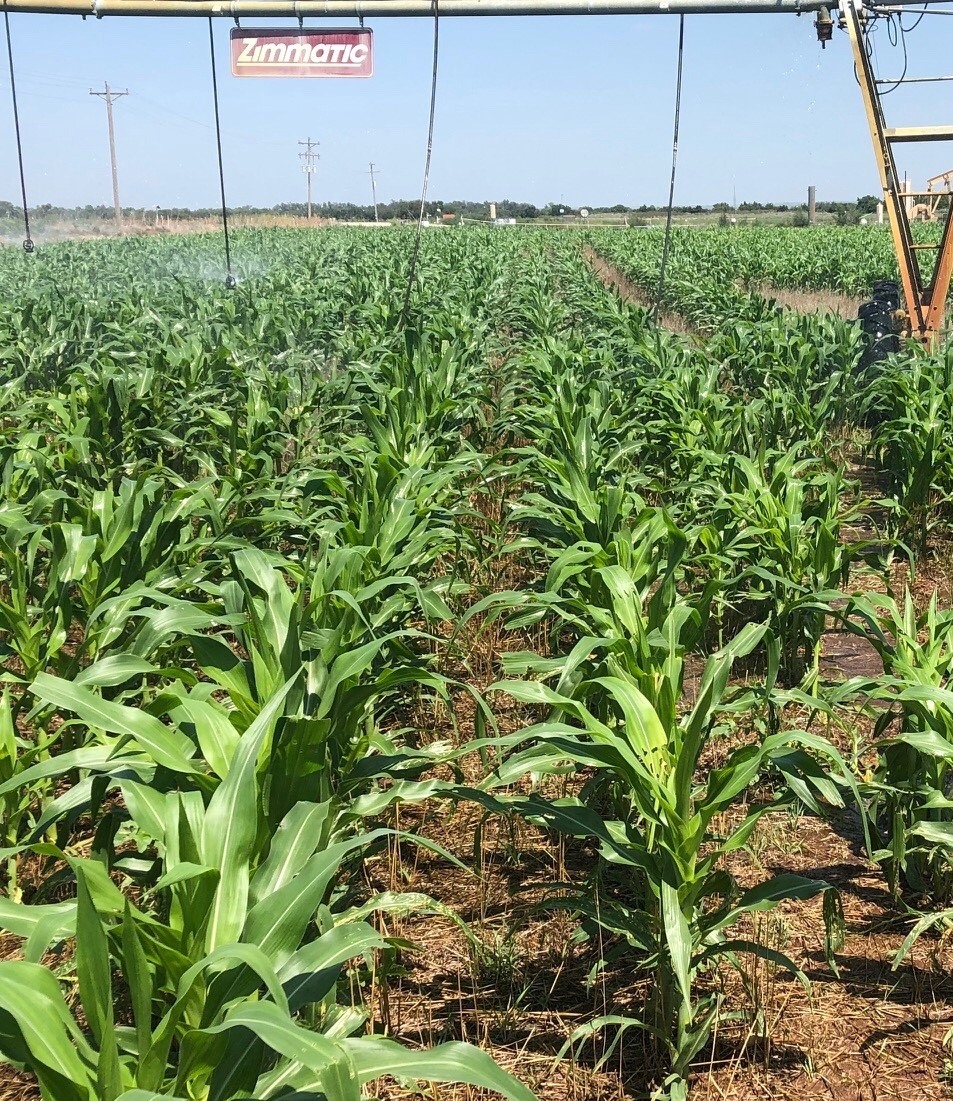
Just about everyone’s heard of or experienced being dirt poor.
How would you like to be soil rich?
Western Oklahoma producer Jimmy Emmons, featured this summer in Oklahoma Farm & Ranch magazine, has worked with the Oklahoma Conservation Commission (OCC), the Natural Resources Conservation Service (NRCS) and the Oklahoma Association of Conservation Districts (OACD) to build a bank of sorts in his soil. It’s not money he keeps down there, but rather water. However, by using the soil as a reservoir that soil can benefit the land and the producer all the way to the bank.
“I tell everybody that our average rainfall is 20 inches, give or take 20 inches,” said Emmons, who lives near the community of Leedey in Dewey County. “In 2011, we had 7 inches, in 2012 we had 9 inches. Then soon after in another year, we had 25 in the month of May. We are seeing big extremes in the weather in the last several years. So, where we really want to hit home is with these weather extremes and how we lessen that effect. If I can take in 6-7-8 inches of a 12-inch rainfall within an hour, then I have no runoff and I have no loading of nutrients in the stream. I’m banking that for future use so when we roll into the dry spell, then we have the profile, we have that to work with. It’s all about storing it in the bank…in the reservoir.”
Before Emmons began applying soil health management, he could only apply a 1/2 inch of water before water would start running off the field. The infiltration was so poor he couldn’t apply enough water for a crop. Since that time, Emmons has been applying no-till, crop rotation, cover crops, and strategic grazing. The soil has healed dramatically.
So, this year, Emmons and his Soil Health partners of the OCC and NRCS have taken to those fields together to conduct soil infiltration tests. Think of it as an audit.
When they conducted this test, they brought in a 4.5 feet diameter by 5 inch steel ring (wagon wheel) and hammered it into the surface about two inches. Then they turned on the irrigation system to add “rainfall.” They put a rain gauge out to measure the water and waited.
“On our test day we applied 6.5 inches of water in about 4 hours,” said Greg Scott, OCC Soil Scientist. “There was zero runoff from the irrigated strip that was about 1/4 mile long and 30 feet wide. The irrigation system stayed in place during our test.”
The soil was uniformly wetted throughout the profile to about 4 feet deep. There was no standing water within a few minutes of turning off the irrigation.
When Emmons changed his soil management practices, he unlocked opportunities.
That’s why the soil absorbs the water so quickly and so deep. The soil scientists would like to dig down in the soil and see a rate of at least 15 earthworms to a square foot. Here, they found a rate of about 30 earthworms to a square foot. That is critical because those worms creates holes/paths/cracks that makes it easier for the water to run or absorb into.
“I’ve been playing in soil for about 45 years and this is the most fun we’ve ever had,” Scott said. “That’s because we’ve discovered how fast a soil ecosystem can heal and come back to life when we apply the principles of what we call soil health. This soil is gorgeous. This soil is dark, and soft and friable, it’s got good structure. Which you may not think there’s anything to this, but in 2011 the soil was light colored. Every time the wind blew it got up and left, every time it rained there were gullies in this field, and so we’re seeing a remarkable transformation that Jimmy has accomplished.”
That accomplishment is not just a matter of applying a few practices. Instead it centers on realizing that this whole ecosystem is made up of these parts that work together – diversifying.
Steve Alspach, NRCS State Soil Scientist, said, “I know Jimmy’s done some grid sampling out here over the last 5-6 years and if I remember my numbers correctly, about 70 percent of this field was below 1 percent organic matter during that first round in 2014 or 2015. I haven’t seen the latest numbers, but I know the second round he did it, over 80 percent was above 1 percent. So I would guess now, probably every acre out here is above 1 percent and it’s because of a few seasons of good crop rotation and the addition of those covers.”
So Emmons added about 30,000 pounds per acre of organic matter, about 25,000 pounds of carbon, and somewhere over a ton of nitrogen that’s being stored and is active in this soil. It is not only a source of nutrients for the future, but it also feeds and fuels all of that underground ecosystem, it feeds and fuels the bacteria and fungus that are beneficial to our plants, and makes a huge difference in how this soil functions hydrologically.
“We have turned this from a soil that every time it rained we got a gully to now it’s a system where we can put on 6 inches of water in less than 4 hours with no runoff,” Scott said. “Most people would look at that and say, ‘That’s impossible that can’t be done, not even healthy soils are expected to take that much water.’ This soil does.”
Emmons relies primarily on legumes in this rotation to get nitrogen into the system. Once it’s in the system, Scott said, “We can cycle it over and over through the plants.”
“He gets a huge diversity when he plants a multi-species cover crop,” Scott said. “Those cover crops are an important part of this because when he has a cover crop out here, typically he harvests it with cattle. Livestock and grazing animals are an essential part of the ecosystem because they reduce a lot of the carbon real quick.
The improvements have been so dramatic that Scott and Alspach believe the soil classification of this field have changed.
So, Emmons turned, looked at Alspach and asked a straight forward question, “If we could get producers across Oklahoma and across the country to do what we’ve done here, how would that help us during droughts and floods in the future?”
Alspach nods his head, grins and says, “Under a conventional system where we’re tilling a lot or plowing a lot, depending on the slope and the texture of the soil, we see quite a bit of runoff. I would say on average, on a fairly good hard rain, we would see that 30 to 40 percent of the rain that falls would run off, go right into the nearest creek, into the river and head for the Gulf of Mexico.”
That’s just due to infiltration problems. Those bare soils seal over and a field starts having runoff pretty quick after the onset of the storm. However, as this field shows, if producers can get better infiltration, they can put that in the soil profile.
During another test day, the Soil Health team put on 8 inches of water, “and we’re going to get water well past 40 inches in this soil profile and that’s just stored there for the plants to use.”
That pays numerous dividends.
“Some of it will be partitioned and move on down through gravitational forces into the water table and will eventually flow into the river,” Alspach said. “So it will help with base flow on the rivers and it just slows the time it takes that water from underground moving to the river, versus running on the surface to get there.”
That helps reduce the number of flood events and things of that nature.
“Again, when I started working with Jimmy he told me he could put on about a half of an inch at a time before he started getting runoff,” Alspach said. “Today we’re going to put on 8 inches on a spot and we’re going to have no runoff. So we’ve seen a huge change in the infiltration rate out here.”
Or put another way, a huge return on investment.
Read more in the November 2020 issue of Oklahoma Farm & Ranch.
Farm & Ranch
Fescue Foot
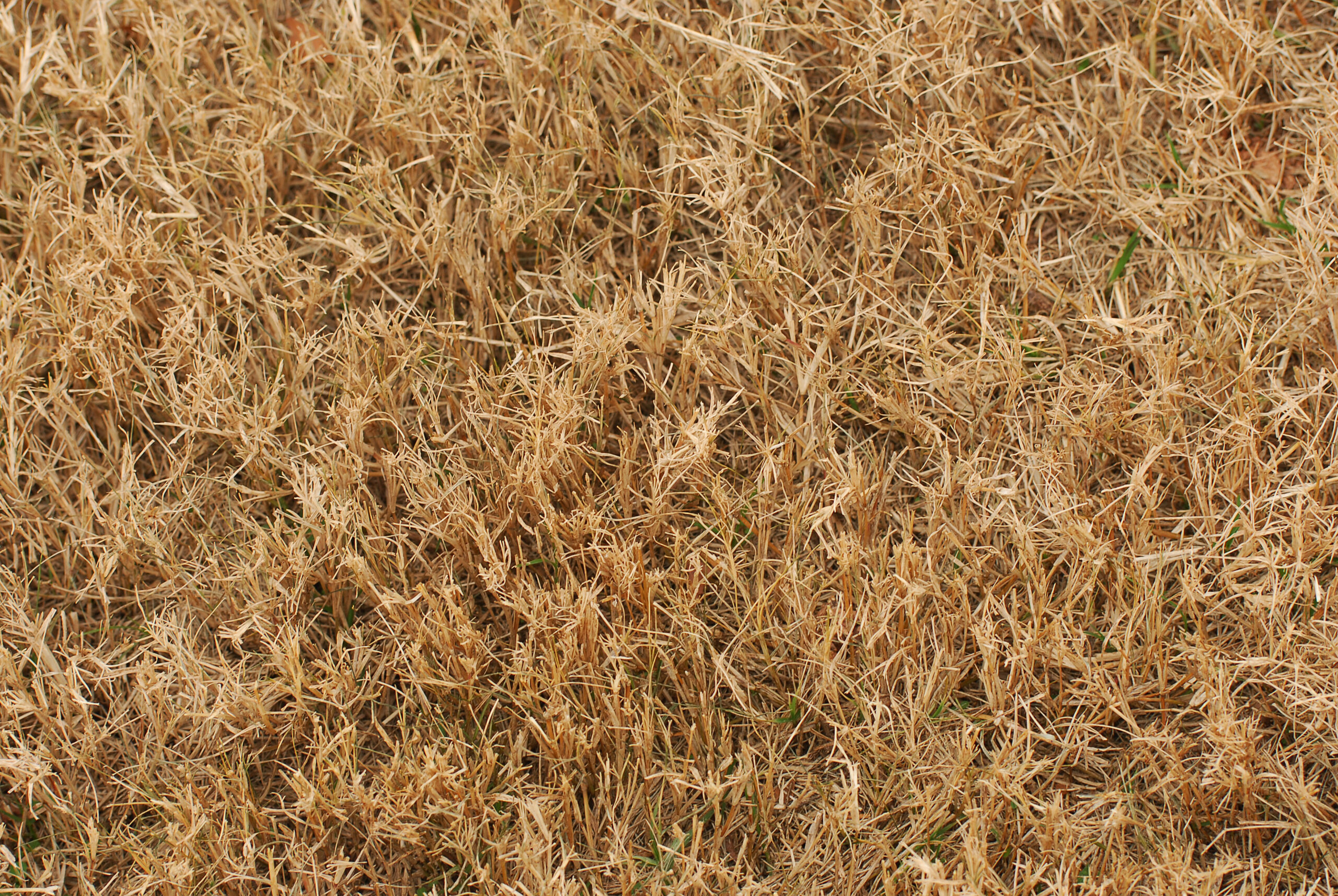
Barry Whitworth, DVM | Area Food/Animal Quality and Health Specialist for Eastern Oklahoma
*Article originally printed in the October 2022 issue of Oklahoma Farm & Ranch.
Since most of Oklahoma experienced drought conditions and with fall fast approaching, producers with fescue pastures should closely observe their livestock for any signs of fescue toxicity. According to Mike Trammel, Pottawatomie County Ag Educator and Muti-County Agronomist, fescue toxins (ergot alkaloids) tend to increase in Kentucky-31 tall fescue pastures in the fall. Some reports indicate more problems with fescue toxins following a summer drought and limited fall rains. All of this may put Oklahoma cattle at a greater risk of fescue toxicity.
One issue that cattle experience with fescue toxins is fescue foot. Fescue foot is thought to be caused by ergot alkaloids such as ergovaline. These alkaloids are produced by endophyte fungus (Epichloë coenophiala) which is in tall fescue. Ergovaline has been proven to be a vasoconstrictor which might be responsible for fescue foot and heat intolerance also known as summer slump in cattle. Other issues that may be seen with the ergot fescue toxins are reduced milk production and reproductive issues.
Clinical signs of fescue foot appear within a few days of cattle being turned on to tall fescue pastures or it may take weeks if toxins in the pasture are low. Producers will initially observe cattle with arched back, rough hair coats, and sore feet. These symptoms are more noticeable early in the morning and with cold weather. This is followed by reddening and swelling in the area between the dewclaws and hooves. The lameness usually becomes more severe with time. If no action is taken, gangrene will result in loss of tissues distal to the coronary band and declaws. If the weather remains mild, other signs such as increase respiration rate, increase heart rate, and higher body temperature are more common.
Other causes of lameness in cattle must be differentiated from fescue foot. One simple method that will help differentiate fescue foot from footrot is to check the temperature of the foot. If the foot is cold, this is an indication that the problem is more likely fescue foot.
Since there is not a specific treatment for fescue foot, the condition must be managed. Cattle need to be observed daily for any signs of lameness or stiffness during the first few weeks on fescue pastures. This should be done early in the morning before cattle walk off the stiffness. Producers should pay close attention during cold weather, especially when rain, snow, or ice are present. Any animal showing clinical signs of fescue foot should be removed from the pasture and placed in a clean environment. The animal should be fed a ration with no fescue toxins.
The best but most costly solution to reduce fescue toxicity is to renovate old pastures with new endophyte friendly varieties. If this option is not possible, producers might try interseeding fescue pastures with clovers or other grasses. This should dilute fescue toxins. Nitrogen fertilization may increase ergot alkaloids, so producers should avoid fertilizing fescue pastures with high amounts of nitrogen. Researchers have demonstrated that feeding a supplement while grazing fescue pastures reduces clinical symptoms. Some studies indicate a difference in susceptibility to fescue toxicity in some cattle. Selecting cattle based on genetic tolerance of fescue toxins is an option. (For more information go to www.agbotanica.com/t-snip.aspx)
With large areas in Oklahoma covered with Kentucky-31 fescue pastures, fescue foot as well as other fescue toxicities are not going away any time soon. Livestock producers will need to watch their livestock closely for any signs of fescue toxicity and manage their pastures to keep toxins as low as possible. If producers would like more information on fescue foot, they should consult their veterinarian and/or visit their local Oklahoma State University Cooperative County Extension Agriculture Educator.
Farm & Ranch
Animal Disease Traceability
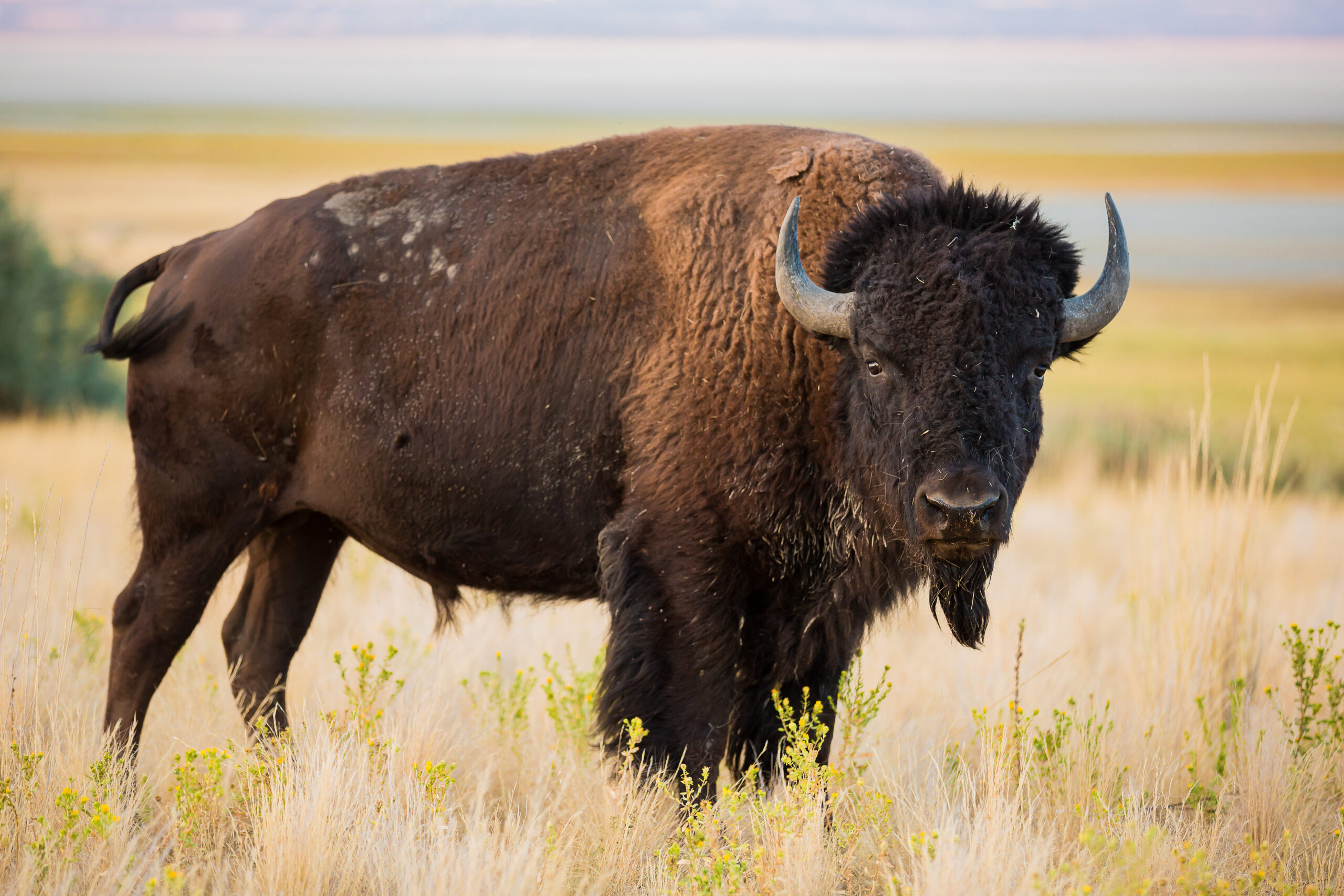
Barry Whitworth, DVM, MPH | Senior Extension Specialist | Department of Animal & Food Sciences | Freguson College of Agriculture
On July 6, 2020, the United States Department of Agriculture (USDA) Animal and Plant Health Inspection Service (APHIS) posted in the Federal Register a proposal that radio frequency identification tags be used as official identification for cattle and bison. Following a period for public comment, the USDA APHIS released a statement on April 24, 2024, with the amended animal disease traceability (ADT) regulation for cattle and bison. The full press release may be found at https://www.aphis.usda.gov/news/agency-announcements/aphis-bolsters-animal-disease-traceability-united-states. Under the new rule, cattle and bison will need to be identified with tags that are both visual and electronic.
The USDA defines ADT as knowing where diseased and at-risk animals are, where they have been, and when the animal disease event took place. A system that allows for efficient traceability of livestock in the United States (US) is essential for animal health and reducing the economic effect of a foreign animal disease outbreak and other diseases on livestock producers as well as others whose well-being depends on livestock production.
In the past, the USDA used metal tags commonly referred to as “Brite” or “Silver” tags to officially identify cattle and bison. Also, cattle and bison vaccinated for brucellosis were tagged with an orange USDA metal tag. Recently, the USDA recognized electronic identification (EID) as an official ID. Under the new rule, cattle and bison needing an USDA official ID will be tagged will an EID.
According to Dr. Rod Hall, State Veterinarian of Oklahoma, the average cattle producer will not notice any change under the new rule and will not have to do anything differently than they are currently doing. The rule does not require mandatory tagging of cattle on a farm or ranch. Livestock auctions will continue to tag cattle that require an official USDA ID. The only change is that an EID will be used instead of a metal tag. The classes of cattle and bison requiring USDA official ID have not changed. The classes are:
Beef Cattle & Bison
- Sexually intact 18 months and older
- Used for rodeo or recreational events (regardless of age)
- Used for shows or exhibitions
Dairy Cattle
- All female dairy cattle
- All male dairy cattle born after March 11, 2013
Other common reasons that cattle and bison require USDA official ID include disease testing for brucellosis or tuberculosis and movement from one state to another state. Also, brucellosis or calfhood vaccination of heifers require official ID. The official USDA ID will be an EID starting November 2024.
If a cattle producer would like to tag their breeding cattle, electronic ID tags are available from Dr. Rod Hall. Producers will have to pay the shipping cost but the tags are free. The order form is available at: https://ag.ok.gov/wp-content/uploads/2023/04/MULTI-TAG-ORDER-FORM-v8.23.pdf. Producers with questions should call Oklahoma Department of Agriculture, Food & Forestry at 405-522-6141.
Change is usually hard. Changing how cattle and bison are officially identified will be difficult for some cattle producers. However, in the event of a disease outbreak, the use of EID should make the traceability process more efficient which is a good thing.
Producer wanting more information on the USDA amended rule on animal disease traceability should go to: https://www.aphis.usda.gov/livestock-poultry-disease/traceability#:~:text=A%20comprehensive%20animal%20disease%20traceability%20system%20is%20our,sick%20and%20exposed%20animals%20to%20stop%20disease%20spread.
Farm & Ranch
Cattle Nematodes (Worms)
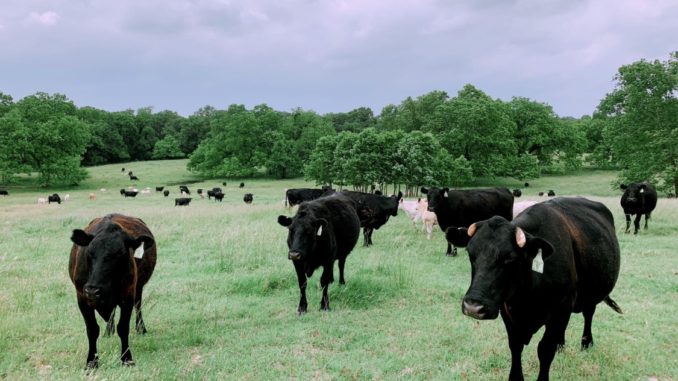
Barry Whitworth, DVM | Senior Extension Specialist | Department of Animal & Food Sciences
According to the Mesonet, Oklahoma received some much-needed rain in late April (2023). With the moderate temperatures and high humidity, the environment is perfect for the proliferation of gastrointestinal nematodes (GIN) which are commonly called “worms.” Cattle can be infected with a variety of GIN. Most do not cause issues unless husbandry practices are poor. However certain GIN have been associated with disease. The most pathological GIN in cattle is Ostertagia ostertagi. Cooperia species and Haemonchus species are two that have been implicated with production issues. Control of these parasites is constantly changing due to environment, anthelmintic (dewormer) resistance, and consumer preference. Cattle producers should develop a plan to manage these parasites.
In order for GIN to complete their life cycle, certain environmental conditions must exist. The development stage begins with passing of the egg in the feces of the animal. If the egg is to hatch, the temperature must be warm and the humidity needs to be close to 100%. Ideal temperature ranges from 70⁰ to 80⁰ Fahrenheit (F), but any temperature above 45⁰ F will allow for development. Temperatures above 85⁰ F or below 45⁰ F will begin to hamper development. Humidity needs to be 80% or higher.
Once the egg hatches, the larva goes through a couple of molts to reach the infective stage which is the third stage larva (L3). L3 must have moisture to free itself from the fecal pat. Once free, it rides a wave of water on to a blade of forage. Once ingested, this begins the prepatent or pre-adult stage. Two molts take place during this stage (L3 to L4 and L4 to L5). If conditions are not favorable for survivability of offspring, L4 will go into an arrested development stage (hypobiosis) for a period of time. The patent or adult stage is the mature breeding adult.
Once inside the body, the parasite will migrate to certain locations in the digestive tract. For example, O. ostertagi develop in the gastric gland in the abomasum. H. placei and H. contortus will migrate to the abomasum. Cooperia species will live in the small intestine. A few like Trichuris (whipworms) are found in the large intestine.
Clinical signs of parasitism vary according to the species of parasite, burden, and site of attachment. Severe disease, which is referred to as parasitic gastroenteritis (PGE), with internal parasites is unusual with today’s control methods. Clinical signs of PGE are lack of appetite, weight loss, weakness, diarrhea, submandibular edema (bottle jaw), and death. However, most parasite infection are subclinical which means producers do not see clinical signs of disease. In subclinical infections, the parasite causes production issues such as poor weight gain in young cattle, reduced milk production, and lower pregnancy rates.
Producers should be monitoring their herds for parasites throughout the year but especially in the spring when conditions are ideal for infection. A fecal egg count (FEC) is a good way of accessing parasite burdens. Livestock producers need to gather fecal samples from their herd periodically. The samples should be sent to their veterinarian or a veterinary diagnostic lab. Different techniques are used to access the number of eggs per gram of feces. Based on the counts, the producer will learn the parasite burden of the herd. Producers can use this information to develop a treatment plan.
In the past, GIN control was simple. Cattle were routinely dewormed. Unfortunately, anthelmintic resistance has complicated parasite control. Now proper nutrition, grazing management, a general understanding of how weather influences parasites, biosecurity, refugia, anthelmintic efficiency, and the judicious use of anthelmintics are important in designing an effective parasite management program. All of these considerations need to be discussed in detail with a producer’s veterinarian when developing a plan for their operation.
Cattle producers need to understand that parasites cannot be eliminated. They must be managed with a variety of control methods. Designing a parasite management plan requires producers to gain a general understanding of life cycle of the parasite as well as the environmental needs of the parasite. Producers should use this information as well as consult with their veterinarian for a plan to manage GIN. For more information about GIN, producers should talk with their veterinarian and/or with their local Oklahoma State University Cooperative Extension Agriculture Educator.
References
Charlier, J., Höglund, J., Morgan, E. R., Geldhof, P., Vercruysse, J., & Claerebout, E. (2020). Biology and Epidemiology of Gastrointestinal Nematodes in Cattle. The Veterinary clinics of North America. Food animal practice, 36(1), 1–15.
Navarre C. B. (2020). Epidemiology and Control of Gastrointestinal Nematodes of Cattle in Southern Climates. The Veterinary clinics of North America. Food animal practice, 36(1), 45–57.
Urquhart, G. M., Armour, J., Duncan, J. L., Dunn, A. M., & Jennings, F. W. (1987). In G. M. Urquhart (Ed). Veterinary Helminthology. Veterinary Parasitology (1st ed., pp 3-33). Longman Scientific & Technical.
-

 Country Lifestyle7 years ago
Country Lifestyle7 years agoJuly 2017 Profile: J.W. Hart
-

 Outdoors6 years ago
Outdoors6 years agoGrazing Oklahoma: Honey Locust
-

 Country Lifestyle3 years ago
Country Lifestyle3 years agoThe Two Sides of Colten Jesse
-

 Outdoors4 years ago
Outdoors4 years agoPecan Production Information: Online Resources for Growers
-

 Equine7 years ago
Equine7 years agoUmbilical Hernia
-

 Attractions7 years ago
Attractions7 years ago48 Hours in Atoka Remembered
-

 Farm & Ranch6 years ago
Farm & Ranch6 years agoHackberry (Celtis spp.)
-
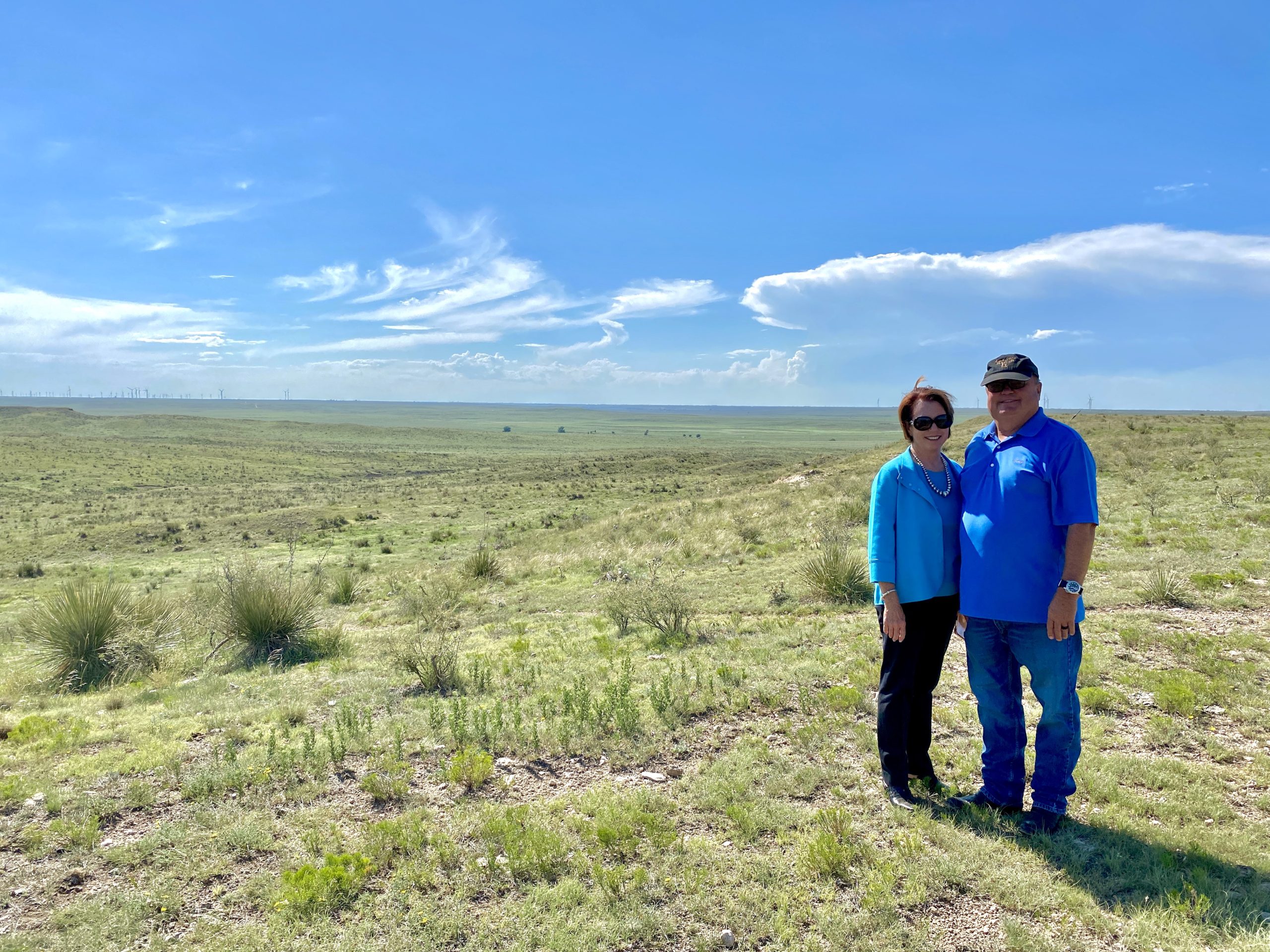
 Outdoors3 years ago
Outdoors3 years agoSuzy Landess: Conservation carries history into the future




